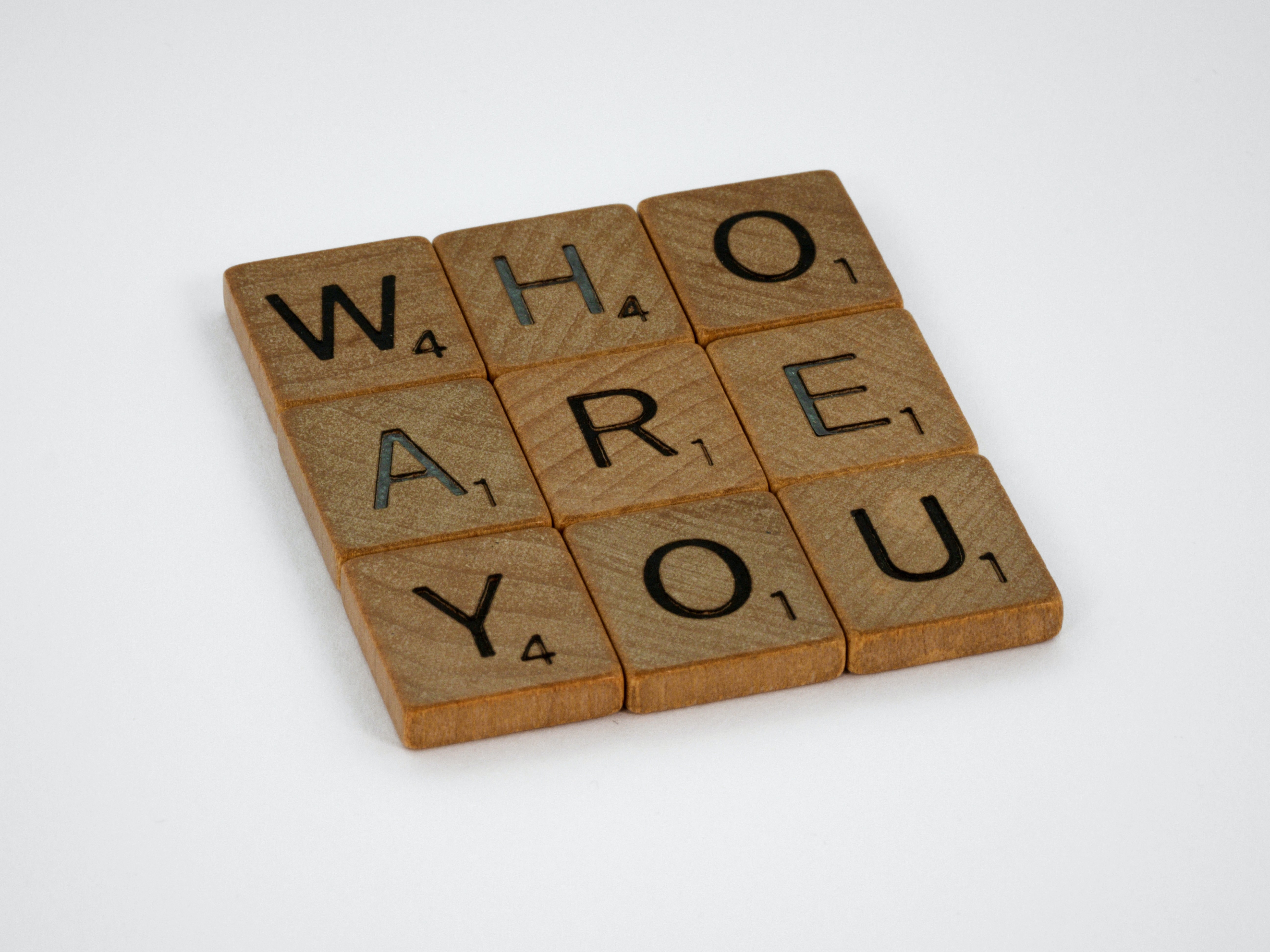

May 13, 2021
In the second edition of Good Futures Fortnightly we explored how ownership is being redefined by new digital platforms and experiences that blend the real and the virtual. Since the advent of the digital age our lives have increasingly become a blend of online and offline activity. This blend now extends to our identity.
The enforced physical isolation of lockdowns 1, 2 and 3 rapidly pushed even more of our daily existence into the digital sphere. Our identities have become “digitally” realised and expressed in a way never before seen.
The pandemic also brought to fore the urgent requirement to track the spread of the virus (and ergo populations). Governments around the world explored new ways to use data to track, monitor and identify, whilst at the same time navigating the problematic territories of surveillance, privacy and intrusion.
New York State is piloting the “Excelsior Pass” from IBM to fast track the reopening of business, whilst the European Union is going down the route of the “Digital Green Certificate” to enable free travel within the bloc, and Canada is offering optional digital IDs - tracking vaccination records - to its residents.
At the same time, Blockchain technology is paving the way for an onslaught of new digital identity systems that provide a universal and unique (digital) identity that puts the user at the centre of their own identity management (rather than big tech) - Self Sovereign Identity.
With blockchain creating immutable, secure records of identity individuals can access irrespective of location, users control what of their personally identifiable information is shared and accessed.

Darrell O’Donnell (Technology and Strategy Advisor at Continuum Loop Inc.
We’ve reached a moment in time where consumer trust, technological innovation and government and corporate imperative have collided to lay the foundations for a new wave of digitally-based identification, verification and access. However, as we highlighted in our first Paradigm Shift report on 5G, this move comes with two big questions:

Since the beginnings of the internet trustworthy systems to prove identity have been a challenge. Conventional, offline means of verifying you are who you say you are have struggled to transition to the digital age. Current approaches rely on ‘trusted’ 3rd parties to act as identity guarantors: governments, financial institutions and law firms.
At the same time, we’re still expected to possess multiple specific forms of documentation to prove our existence: medical history, birth certificate, drivers licence etc, all required by their respective institutions and authenticated by 3rd parties. Apps like Yoti now operate as a digital wallet to hold your 3rd party authenticated identities.
Consider the impact of the Government’s announcement in Tuesday’s Queen’s Speech (11th May), which may leave more than 2 million UK voters unable to take part in future elections as they could lack the necessary ID, spurring warnings from some that “decades of democratic progress” risk going into reverse. “The plan for mandatory photo ID at elections risks disproportionately hitting older, disabled and homeless voters who are less likely to have such documents”. [The Guardian]
Optimists see the potential of biometric IDs in helping the stateless become better equipped to support and protect themselves. As Margie Cheeseman of the Oxford Internet Institute argues, SSI could be a “potential enabler of new modes of empowerment, autonomy and data security for refugees”. However, for the sceptics, if proper safeguarding is not put in place, digital IDs could simply facilitate a more efficient discrimination against refugees, increasing their vulnerability.
What’s the role of the third sector to act as the champion and guardian for those most at risk of being excluded? What’s the opportunity to use the new advances in digital identity to fast track services and support to those most in need? How can digital identity revolutionise safeguarding?
What does digital identity mean for your beneficiaries? Is there an opportunity to lead the charge of driving this conversation forward, promoting literacy in this space and championing the interests of wider society as well as those marginalised groups who could potentially benefit most? How can you increase your internal literacy and positioning?
In this rapidly evolving space, there is still a role for trusted authorities to act as “Oracles”, supporting the process of getting people onto the system, and “Samaritans”, integral to ensuring all who need sovereign identity can create and access. What’s your role in ensuring no one is left behind?
Google plans to retire third-party cookies and Apple is moving to make Identifier for Advertisers (IDFA) opt-in. All of this creates a crossroads for digital advertising. Consumers are regaining increasing control of their identifiable data, limiting your access or becoming ‘non-identifiable’. How can you experiment with new approaches to acquisition? How can you use this as an opportunity to test new strategies to forge trusted, intimate relationships with your audience? How can you better use the data you’re trusted with to get a deeper understanding of your audiences?
In a world in which individuals have complete control over their own ID, they have more control over the (valuable) information they release to companies. This opens up the possibility of charging for access. Could there be a new donation model where individuals pass on the income generated from access to their data to a charity of their choosing? Perhaps harnessing AI to develop an “automated philanthropy” that irons out friction in the process?